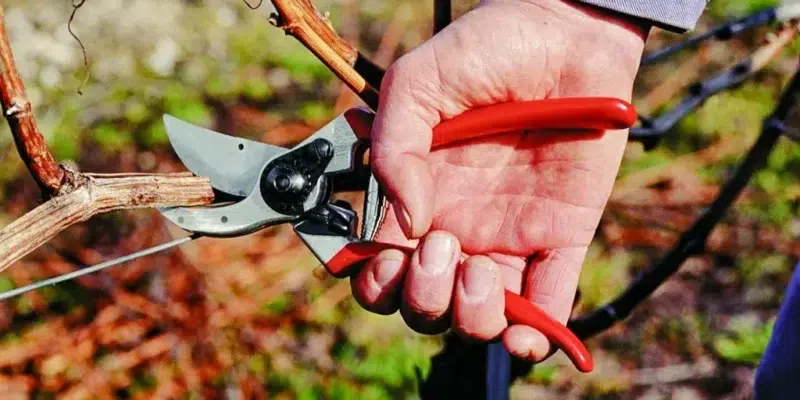Gardening enthusiasts and nature lovers alike often seek to bring a touch of sunshine into their outdoor spaces. One of the most delightful ways to achieve this is by cultivating daisy-like flowers in your garden. With their vibrant colors, cheerful appearance, and easy maintenance, daisy-like flowers can transform any garden into a lively and inviting oasis. In this comprehensive guide, we will explore various types of daisy-like flowers, their unique characteristics, tips for successful cultivation, and creative ways to incorporate them into your garden landscape.
Understanding Daisy-Like Flowers
Daisy-like flowers belong to the Asteraceae family, which is one of the largest plant families in the world. These flowers are characterized by their flat, disk-shaped centers surrounded by petal-like ray flowers. Their daisy-like appearance is both timeless and versatile, making them a popular choice for gardens of all sizes and styles.
Popular Varieties of Daisy-Like Flowers
- Shasta Daisy (Leucanthemum x superbum): Shasta daisies are classic garden perennials known for their pure white petals and yellow centers. They bloom profusely from late spring to early fall, adding a touch of elegance to any garden bed.
- African Daisy (Osteospermum): African daisies, also known as osteospermum, are native to South Africa and come in a variety of colors, including shades of purple, pink, orange, and white. They thrive in sunny locations and are excellent choices for container gardening.
- Gerbera Daisy (Gerbera jamesonii): Gerbera daisies are renowned for their large, colorful blooms and long, sturdy stems. They are available in a wide array of hues, making them a favorite for floral arrangements and bouquets.
- Coreopsis (Coreopsis spp.): Coreopsis, commonly known as tickseed, features bright yellow or golden flowers with a distinct daisy-like appearance. These hardy perennials are drought-tolerant and attract butterflies, making them a valuable addition to pollinator gardens.
- Calendula (Calendula officinalis): Calendula, often referred to as pot marigold, displays vibrant orange or yellow flowers reminiscent of daisies. Aside from their ornamental value, calendula flowers are edible and have medicinal properties, making them a popular choice for culinary and herbal purposes.
Cultivating Daisy-Like Flowers: Tips and Tricks
- Sunlight: Most daisy-like flowers thrive in full sunlight. Ensure that your garden receives at least 6 to 8 hours of direct sunlight daily to promote healthy growth and abundant blooms.
- Well-Drained Soil: Daisy-like flowers prefer well-drained soil with good aeration. Incorporate organic matter such as compost or well-rotted manure into the soil to enhance its fertility and drainage capabilities.
- Watering: While daisy-like flowers are relatively drought-tolerant, consistent watering is essential, especially during dry spells. Water the plants at their base to prevent waterlogged leaves, which can lead to fungal diseases.
- Pruning and Deadheading: Regular pruning and deadheading (removing spent flowers) encourage continuous blooming and maintain the plant’s appearance. Prune back leggy stems and remove faded blooms to redirect the plant’s energy into producing new flowers.
- Mulching: Apply a layer of organic mulch, such as straw or wood chips, around the base of daisy-like plants. Mulching helps retain soil moisture, suppresses weed growth, and regulates soil temperature.
- Fertilization: Fertilize your daisy-like flowers with a balanced, all-purpose fertilizer during the growing season. Follow the package instructions for application rates, and avoid over-fertilization, which can lead to excessive foliage growth at the expense of flowers.
Creative Garden Design Ideas
- Daisy-Like Flower Borders: Create enchanting borders by planting daisy-like flowers along pathways or garden edges. Mix different varieties and colors to add depth and visual interest to your garden design.
- Wildflower Meadows: Designate a portion of your garden as a wildflower meadow and sow daisy-like flower seeds along with other native wildflowers. This naturalistic approach mimics the beauty of wild landscapes and provides essential habitats for pollinators.
- Container Gardens: Plant daisy-like flowers in colorful containers and place them on patios, balconies, or windowsills. Compact varieties like gerbera daisies and African daisies thrive in containers and bring vibrant hues to urban spaces.
- Cutting Gardens: Cultivate a cutting garden dedicated to daisy-like flowers for creating stunning bouquets and arrangements. Include varieties like shasta daisies, coreopsis, and calendula for an endless supply of fresh, cheerful blooms.
- Companion Planting: Pair daisy-like flowers with companion plants that share similar sunlight and water requirements. For instance, plant them alongside lavender, salvia, or ornamental grasses to create visually appealing and harmonious plant combinations.
- Butterfly and Bee Gardens: Design a butterfly and bee-friendly garden by incorporating daisy-like flowers that attract these pollinators. The nectar-rich blooms of coreopsis and gerbera daisies, among others, provide a valuable food source for butterflies and bees.
Conclusion
Daisy-like flowers have an undeniable charm that brightens any garden and uplifts the spirits of those who behold them. With their diverse colors, low-maintenance nature, and ability to attract beneficial insects, these flowers are a valuable addition to any garden landscape. By understanding their unique characteristics and following the tips provided in this guide, you can successfully cultivate daisy-like flowers and create a garden brimming with the warmth and radiance of sunshine. So, roll up your sleeves, grab your gardening tools, and let the beauty of daisy-like flowers transform your outdoor space into a blooming paradise.





